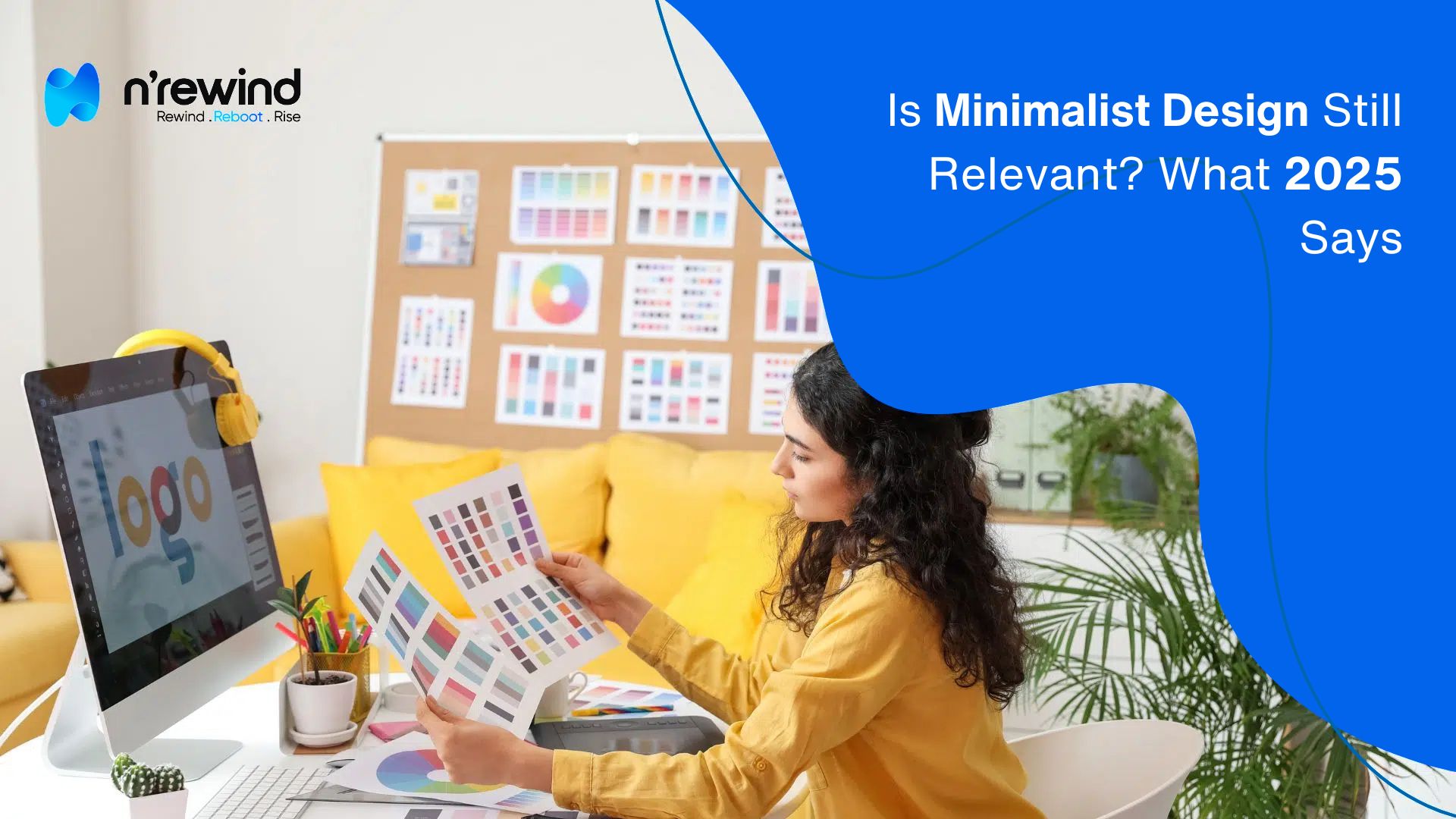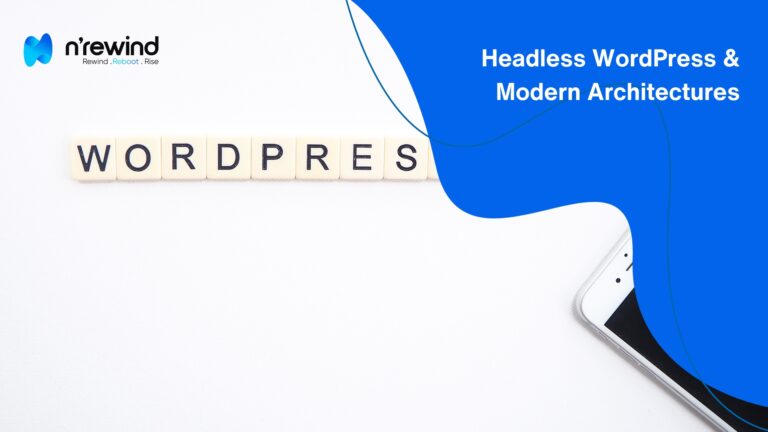Minimalism in design has ruled the digital and branding space for years. Clean lines, white space, and functional layouts became the visual language of modernity. But as we move into 2025, some designers are asking: is minimalist design still relevant?
At NRewind, we see minimalism not as a trend, but as a timeless approach that adapts with the times. Let’s explore how minimalist design is evolving and why it still matters.
What Makes Minimalism Timeless
Minimalist design focuses on essentials, including typography, layout, color, and functionality. This approach avoids clutter, allowing messages to stand out clearly.
Some key reasons it continues to thrive:
User-Centered Design: Minimalism puts usability first, especially in UI/UX design
Faster Load Times: Fewer elements mean faster websites, better for SEO and mobile
Universal Appeal: Clean design crosses cultural and generational boundaries
Brand Clarity: Minimal visuals make logos and messages more memorable
Minimalism in 2025: What’s Different?
While the core of minimalism remains, its modern interpretation is shifting:
-
Bold Typography: Designers now use expressive fonts to add personality while keeping layouts clean
-
Color Exploration: Monochrome is out, gradients, rich neutrals, and vibrant accents are in
-
Interactive Elements: Micro-interactions and subtle animations keep users engaged without clutter
-
Layered Simplicity: Minimal doesn’t always mean flat. Designers are layering elements while keeping the interface breathable
Minimalism in 2025 is no longer just white space. It’s intentional simplicity paired with rich digital experiences.
Where Minimalism Works Best
Minimalist design is especially effective for:
Technology Brands: Clean design speaks trust and innovation
Portfolio Websites: Simplicity lets your work shine
E-commerce: Clutter-free layouts help users focus on products and conversions
Mobile Interfaces: Small screens demand clarity and hierarchy
At NRewind, we apply minimalism where it supports clarity and usability, not just for aesthetic purposes.
When to Use It, and When Not To
Minimalism isn’t one-size-fits-all. Brands that rely on rich storytelling, heritage, or emotional connection may require more expressive visuals. The key is balance, stripping away what isn’t needed while keeping what adds value.
If you’re unsure whether minimalism is right for your brand, a strong branding strategy can help guide the way.
Conclusion
Minimalist design is far from over. In 2025, it’s evolving, getting smarter, and blending form with function in ways that elevate user experience and brand clarity.
Whether you’re launching a new product or refreshing your brand, minimalism remains a powerful visual language as long as it’s done with intent.
Ready to embrace smart, strategic simplicity? Let’s design something timeless together.
"At NRewind, we believe that minimal design doesn’t mean less creativity. It means more focus. We use simplicity to spotlight what matters, your message, your product, your identity."




